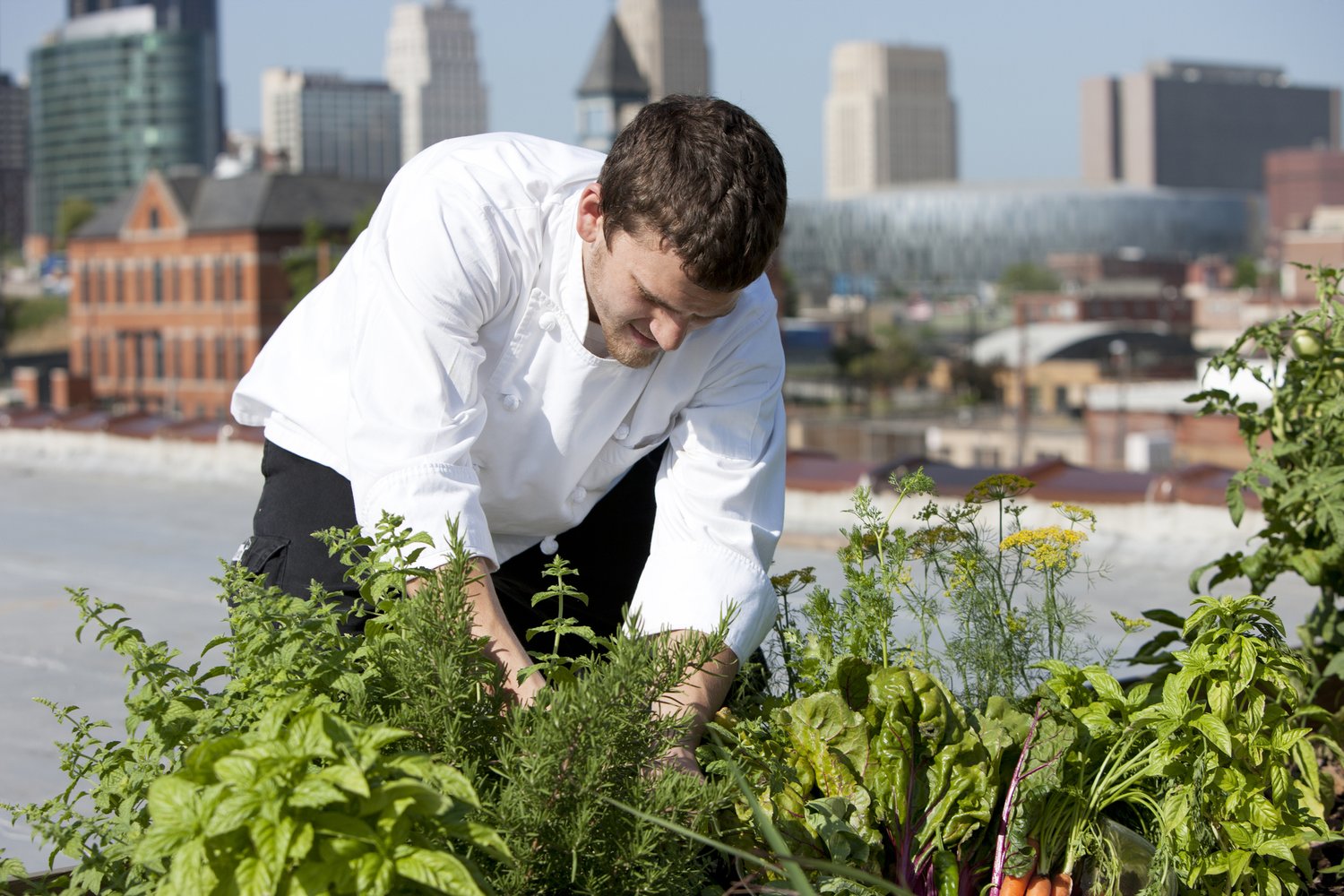A Biased View of City Blooming
A Biased View of City Blooming
Blog Article
Unknown Facts About City Blooming
Table of ContentsAn Unbiased View of City BloomingThings about City BloomingThe Facts About City Blooming UncoveredThe Basic Principles Of City Blooming Excitement About City Blooming
Interested in expanding food available in the City of Chicago? Thinking of starting a community yard? Adjustments to the Chicago Zoning Regulation enable agricultural usages like neighborhood gardens and urban farms in many parts of the city. Below is a listing of frequently asked concerns pertaining to the rules and guidelines that cultivators ought to take into consideration when planning a metropolitan agriculture task.
The zoning modification does not customize any type of other codes dealing with composting, building authorizations, purchasing or renting City owned home, company licenses or environmental contamination. There are existing codes that manage these concerns and they remain completely effect and might be appropriate to your task. Neighborhood yards are commonly owned or taken care of by public entities, civic organizations or community-based companies and maintained by volunteers.
Urban ranches expand food that is meant to be marketed, either on a nonprofit or for-profit basis. Due to their business purpose, city farms call for a service license.
How City Blooming can Save You Time, Stress, and Money.
The quantity of garden compost material can not surpass 25 cubic lawns at any type of given time according to the standards in 7-28-715 of the City's Municipal Code. Because the soil at most brand-new garden sites requires amending, compost, soil, timber chips, or other products can be acquired to create or enhance the expanding area.

If a structure permit is required after that the hoophouse will certainly be taken into consideration an accessory structure. You can figure out more concerning the structure license demands by calling the Department of Structures. The 25,000-square-foot size limit is intended to stop a single area yard from dominating a given block or detracting from the block's existing property or business personality.
The limit does not apply to yards found in Public Open Room (POS) areas. Can there be even more than one area yard that is 25,000 square feet on a single block? Fence is not needed, nevertheless, yards that have large car parking areas might be called for to mount fencing or various other landscape design functions.
City Blooming Can Be Fun For Anyone
B1 & B2 districts require that all industrial usage activities be carried out inside your home. R areas limit industrial task. The laws mirror the purpose and intent of the Zoning Code. Is fence needed for city farms? Yes. Fencings may be required, along with landscape design and testing, for sure car park locations and outdoor work or storage locations relying on area and the certain task taking location.
Yes. Urban farms need structure authorizations and zoning authorizations before construction. Other types of city evaluation may be needed depending on particular frameworks, tasks, dimension, landscape design, licensing, public health and stormwater administration issues. A lot of these needs are recognized in the task style or permitting procedure, nonetheless, the applicant might be accountable to separately identify details licenses or allows that may be required.
Yes. The kind of permit is figured out by what is happening at the site. The Division of Company Affairs and Consumer Defense can assist identify the details sort of business permit that's required. Yes. Off road auto parking is required for a lot of commercial jobs in Chicago. The called for number of auto parking spaces is based on the variety of employees working with website and not the square video of the growing area.
The Best Guide To City Blooming

A metropolitan ranch can market garden compost product generated on site, nonetheless, the operation has to comply with the policies in 7-28-715 of the Chicago Municipal Code. Aquaponic systems are allowed indoors on urban farms in numerous zoning areas.
Up to five hives or nests of honey bees may be maintained as an accessory usage. Nonetheless, beekeepers have to sign up with the Illinois Division of Agriculture. For additional information regarding the recommended zoning modification you might speak to the Division of Real Estate and Economic Advancement, Bureau of Planning and Zoning at 312.744.8563.
Farming in cities and urban locations A city farm in Chicago. Urban agriculture describes different practices of cultivating. https://www.slideshare.net/danielnold94107, processing, and dispersing food in city locations. The term also puts on the location activities of animal husbandry, aquaculture, beekeeping, and horticulture in an urban context. Urban farming is distinguished from peri-urban farming, which occurs in country locations at the side of suburban areas.
The smart Trick of City Blooming That Nobody is Talking About
, who look for to develop social networks started on a common ethos of nature and neighborhood holism. These networks can establish by means of official institutional support, coming to be incorporated right into regional community planning as a "shift community" motion for lasting urban advancement.
The extra direct accessibility to fresh veggie, fruit, and meat products that may be know via urban agriculture can boost food security and food security read this article while lowering food miles, causing lower greenhouse gas emissions, consequently adding to climate modification reduction. A few of the first evidence of city agriculture comes from Mesopotamia.
Report this page